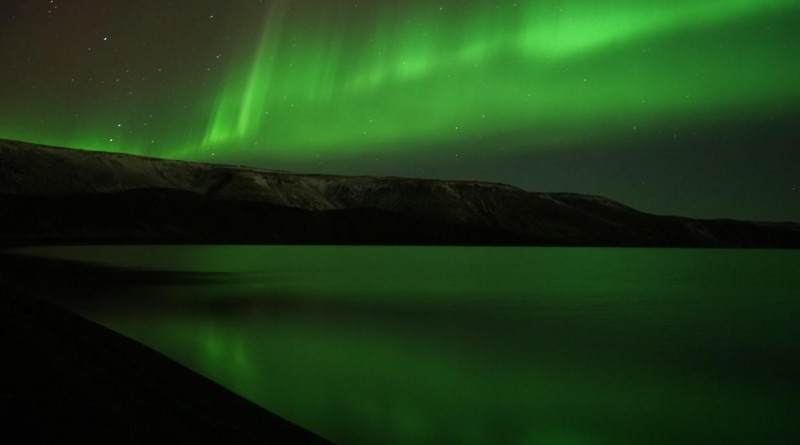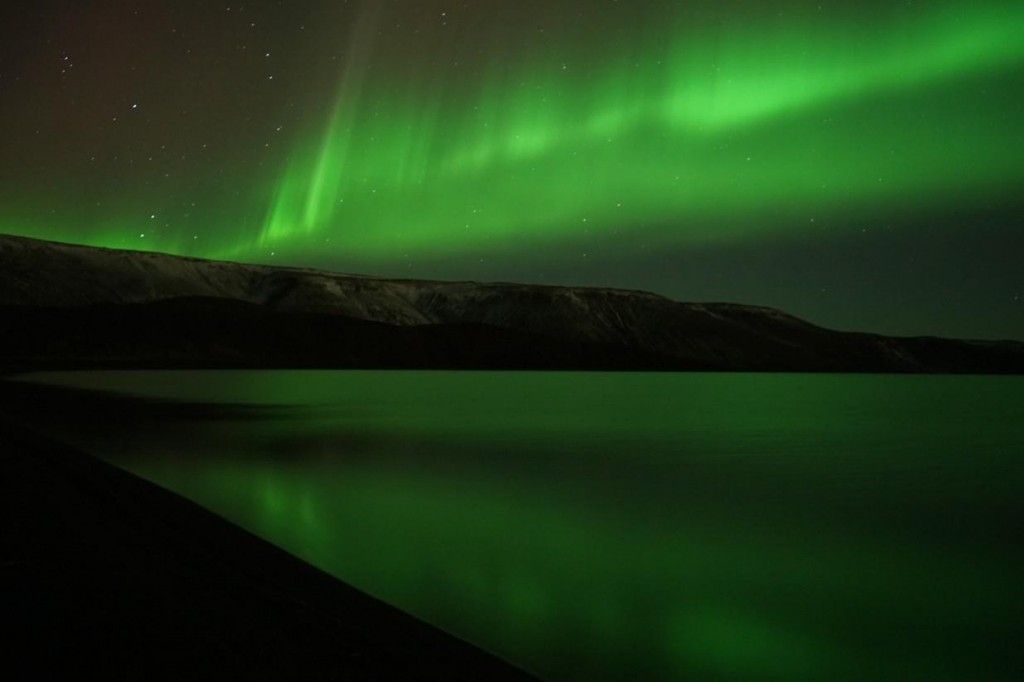Essay on Iceland: Desensitized to beauty
by Gideon Lasco
REYKJAVIC, ICELAND – With all the beautiful images we see on social media, not to mention on travel blogs, websites and TV shows, are we at risk of being desensitized to beauty?
When star trails began appearing in my Instagram feed, they were a novelty, possible only through a meticulous setup of an SLR mounted on a tripod and set to a very long exposure, together with of course an increasingly-elusive clear night sky. But, thanks in part to the proliferation of GoPros, everyday I see star trails and I’m not so enthused to “like” them anymore.
There is much historical precedent for photographic developments losing their novelty, including the birth of photography itself. When National Geographic magazine was first launched in 1889, it sufficed for them to draw illustrations of peoples and places. But since 1905, photographs have taken a leading role, and they have became an integral part of the narrative.
Then came colored prints in the 1930s, which, after some resistance, rendered the black and white photos obsolete – save as an art form or a way of conveying a feeling of nostalgia.
Today we can capture the world in ultra-high-definition, and visualize its entirety, from the ocean floor to the lofty Himalayas. They’re all accessible from our laptops and smartphones, not to mention the more famous ones that we have been seeing since chilhood: By the time I saw the Eiffel Tower, the Taj Mahal, and even the Grand Canyon, they were already strangely familiar.
***
Doubtless the proliferation of images is changing the way the we see the world. Are we then still able to apprehend beauty?
Perhaps visual imagery will diminish in potency as images become even more high-definition. Once when we came upon a mossy forest while hiking in the southern Philippines, one of my companions gasped, “It’s like Lord of the Rings!” The imagined worlds – more vivid and accessible to our eyes – have become the standard against which the real is judged.
But beauty goes beyond what we see. The pictures of the Swiss Alps do not convey the cold air, the scent of pines, the cry of the condors. There are “4D” cinemas that try to add sounds, scents, and movements, but there will always be a demand for the “real”.
Our response, then, is to go beyond the visual in the way we define our experiences. Do we remember sounds, scents, tastes, sensations just as vividly as images? The power of music in tapping into our deepest emotions and the power of scents in transporting us through time should convince us of the possibility of a fuller experience of the world through the engagement of all our senses.
This is not easy to do because we have accorded the distinction to sight of being the “noblest of senses”. But perhaps the overload of imagery should force us to rethink our engagement with the world. When confronted with a beautiful sunset, we rush to capture it with our cameras, but what of the tropical breeze, the scents and sounds of the seas, and the feeling of lying on the sand? Perhaps we are missing half of the world not because we’re not looking hard enough, but because we’re not closing our eyes.
.
***
Can beauty be diminished by dilution? Will each and every one of a thousand Liza Soberanos be as beautiful as the one that is unique? This is a philosophical question, but it draw parallels with the question we are trying to grapple with: Can the multiplicity of beautiful images threaten the beauty of the images themselves?
Possibly. But again, only if we are relying on our sense of sight. Even if a thousand persons looked the same, they may have different voices, and certainly, different personalities. That, too, is beauty.
By moving away from the visual, perhaps we can find a complexity in the world that cannot be reduced to images.
Bringing in the element of change, moreover, can allow us to respond by questioning the very possibility of repitition. Put in another way, we can argue that because the world is always in motion, it continuously defies capture and therefore its possibilities for something new can never be exhausted. This is perhaps a lesson that Icelanders can teach the world: Situated in a country that is full of wonder, they never grow tired of exploring their mountains, glaciers, islands, and fjords. As the Northern Lights danced above us in that magical night in Thingelvir – site of the ancient Viking parliament – our guide exclaimed: “We are actually just as thrilled as you are, because they’re different each time!”
This temporality further clarifies our conception of beauty – not just one that goes beyond the visual, but one that rests in its ephemeral character: The cherry blossom is at its most beautiful at the moment when it is falling, but has not yet fallen. The Northern Lights dance differently every
Thus we must not fear for beauty: it will endure, like truth and love. And knowing this, we should still heed Mark Twain’s call to “explore, dream, discover”. To explore is to go out of your comfort zone and venture into the unknown; to dream is to let your imagination guide you, and to discover is to learn something new in the process. No matter how many people have come before us, there is still much to gain from traveling, not only because every person sees the world differently, but because the world itself is different each time.
Indeed, we may be desensitized to visual imagery, but for as long as we engage all our senses, and as surely as the world is alive and ever changing, there will always be moments that will that take our breath away.
Reykjavic, Iceland
April 13, 2016




Leave a Reply
Be the First to Comment!